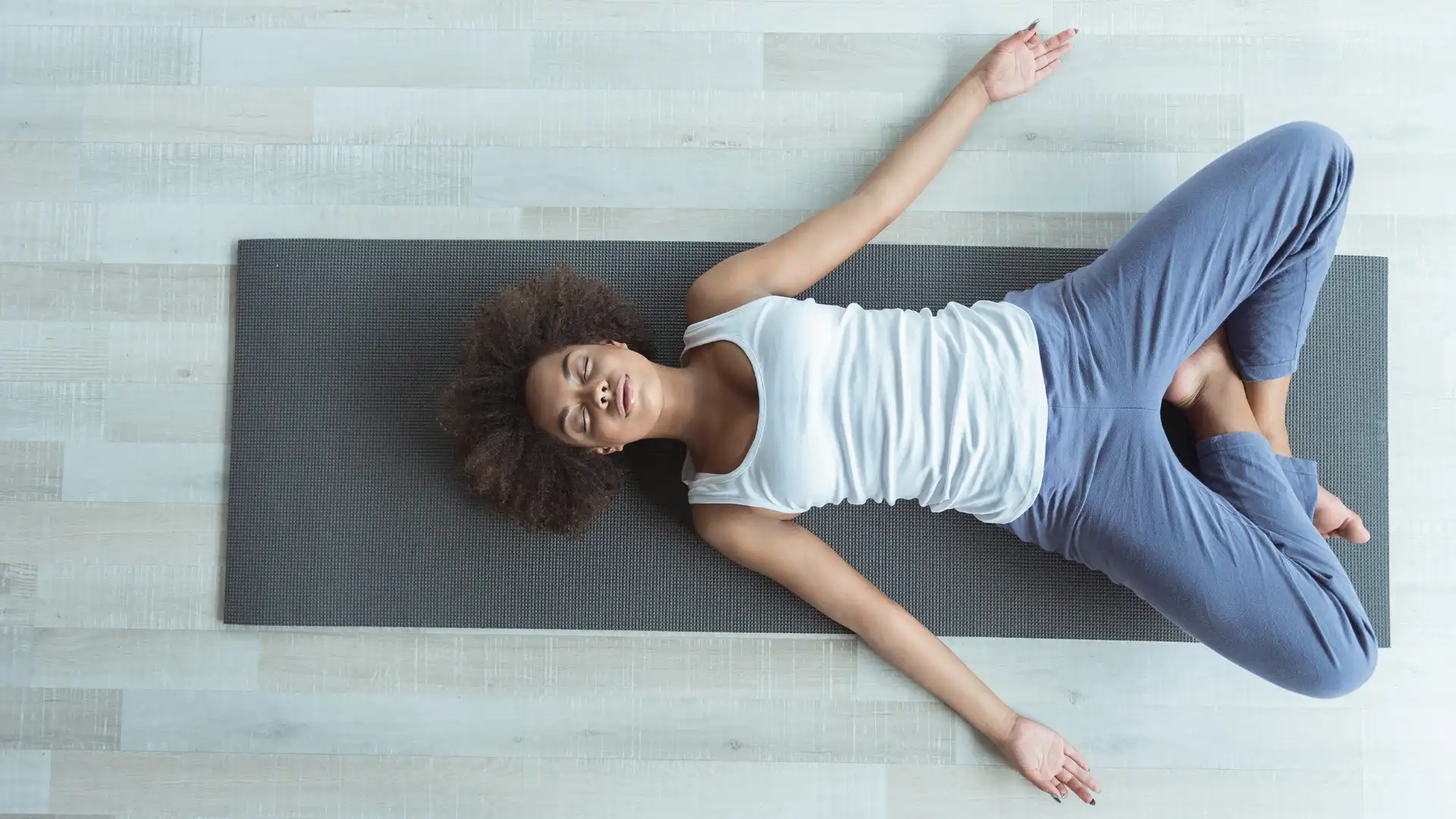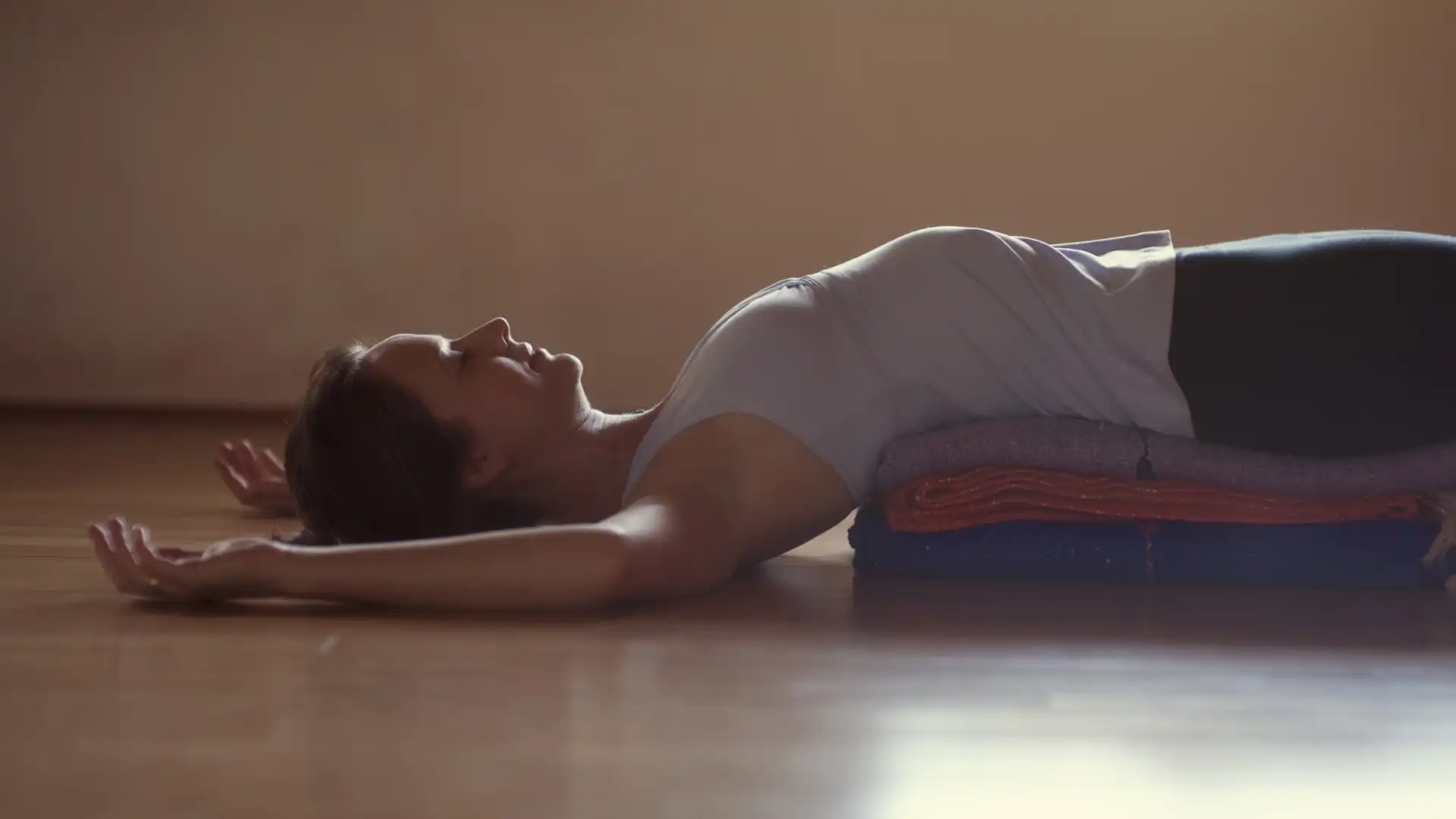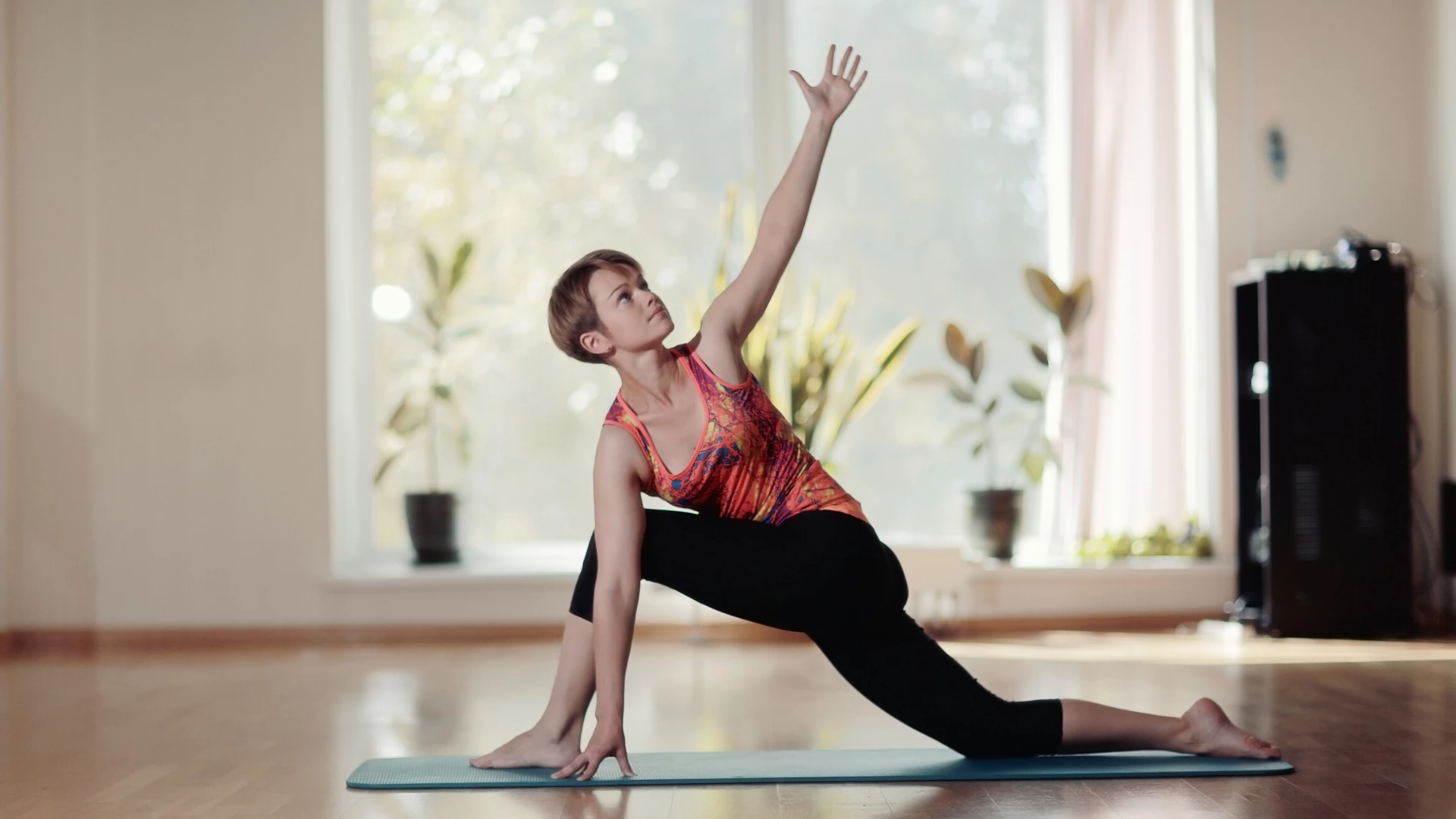Redefining Challenge: How Slowing Down Can Shift Your Yoga Practice

Article At A Glance
Slowing Down and tuning in can make a big shift in your yoga practice. Learn how to slow down your practice and increase your rewards.
How Hatha yoga creates balance for each individual depends on which aspects of practice are embraced and which are denied. The essence of yoga sustains longevity and energy. Asana practice balances out the inherent yang and yin energies to create harmony within the personality.
In a culture where “work hard or go home” is prevalent, it’s not surprising to see that many asana practices are becoming increasingly fast-paced, with scant attention to stabilizing what is unstable. Cultivating stability is traded for pushing boundaries.
I speak from personal experience as I had such a practice. When I began to develop my own sequencing, my influences naturally came from what I’d learned—“one movement, one breath.” I taught how I thought people expected to be taught. The result? Little emphasis on the subtle and more emphasis on what can be achieved through gross effort.
Physically, this can be viewed through the large and small muscle groups. I see in my shoulder stability how I try to use those already strong large muscles (pectoralis, trapezius, latissimus dorsi) to overcompensate for the neglected small muscles (rotator cuff).
In a fast-paced, multiple-inversion, arm-balance extravaganza, there’s little appetite or time to focus on what’s actually going on and to ask, “Where is this coming from? If I turn down the volume on my trapezius, can I still do the movement? What other movements would be more beneficial right now?”

The Challenge of Slowing Down
Mentally and emotionally, slowing down is usually more of a challenge than revving up. The culture demands bigger, better, and harder. And physical culture—of which yoga asana is part—demands the same progressive attitude. Naturally, humans want to progress and adapt, but is progression an end in itself? This is a contradiction to Hatha yoga’s actual aim, which is to peel away the layers of conditioning to allow the individual to live harmoniously. This process is intended to lead to self-realization.
To realize the Self is to peel away all that is not the Self. Identity, norms, values, likes, dislikes, attachments, aversions—this is what the toolkit of yoga is there for, not to further entrench that which is already a strong inclination.
Slowing Down in Yoga: Redefining Challenge
Within my own practice, I got to a point where I thought, “Why am I imposing this upon myself? Where is this attitude underlying this practice stemming from?” My answer: doing and perfectionism are two traits I already excelled in. Of course, yoga allowed me to come to this realization, but the tools I was using were now only entrenching and not releasing these long-held patterns.
In teaching, I understand that students want to be challenged. Of course, they do; we all like a bit of a challenge. But wrapping a leg behind your head, or/and dangling from one arm or powering through the hundredth vinyasa, are not the only means of a challenge. Boot-camping the way through a class is not the only, or dare I say, most effective, way of peeling away the layers, for this mode of practice is fraught with expectations of what the end product should be. The ego-mind is expecting, yet it cannot understand Self. Self can only be experienced when the egoic mind is suspended.

Listening to how movements prompt an internal rhetoric, feelings of silliness or inadequacy through a wave or pulsation of the body can be incredibly challenging to our ego, coordination, and beliefs of what yoga asana should be. So, too, can including additional resistance through light weights—exposing underused muscles and reliance on flexibility—challenge our ideas about what constitutes yoga. When we slow down, we can explore our breathing to uncover our unconscious patterns.
There are many ways to keep the challenge but change the emphasis and loosen the ties of expectation. It is an expectation that keeps the possibilities at bay, and the eyes closed, and the person in a locked-down version of who they are and what they do.
And I can’t say it’s not been a challenge to confront expectations of what an “advanced” class looks like. Numbers drop, and people come and go. Yet I can only teach yogic principles that are weaved through sound biomechanics, non-linear, functional movement with utmost regard to meeting the body where it is now—not where the mind wants it to be, but where it is right in that moment.
Yoga is about knowledge (Jnana) and self-inquiry (Svadhyaya), but this becomes impossible if we adhere to the same mindset and practice that we started with. A different destination will not be reached if the same route is always taken.
Also, read...
Teaching Svadhyaya: 3 Ways to Encourage Self-Study in Yoga
In Celebration of Gray-Haired Yoga – Busting the Myth of the Yoga Body
Related courses

Charlene McAuley – My yoga exploration spans 13 years, teaching for almost seven of those years with varied students, including World Cup footballers and wise 80-year olds. I have an insatiable fascination with movement and psyche, recognizing many years ago through my yoga practice that movement can determine one’s mindset and mindset can determine one’s movement. I work primarily with the ‘here and now,’ wanting to explore what is occurring in the present moment so that I can encourage myself and students to live with more awareness.



